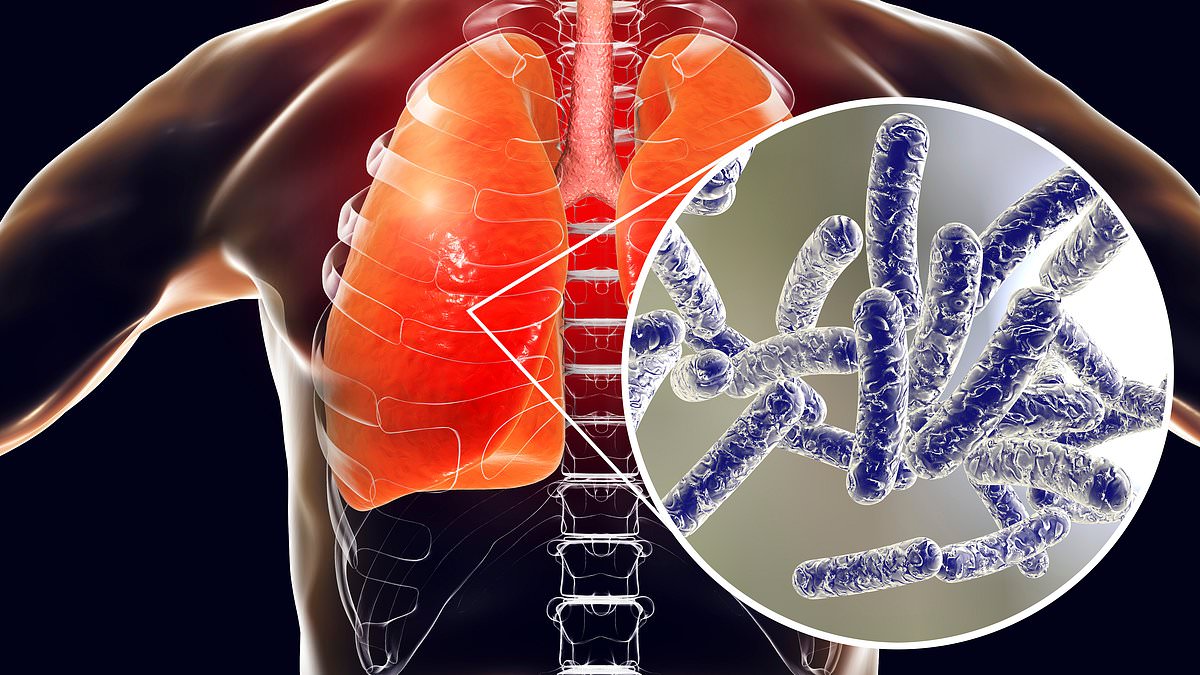A person has died in hospital with Legionnaires’ disease after contracting the dangerous illness in Sydney’s CBD last month.
NSW Health said there were now 12 confirmed cases of the deadly disease, all in people who spent time in the Sydney CBD between March 13 and April 5.
‘Sadly, one of the people who contracted the disease passed away in hospital last week,’ the department said in a statement.
‘NSW Health expresses its sincere condolences to their loved ones.’
Legionella bacteria, which causes the disease, has been found in a cooling tower in Sydney.
The tower is being decontaminated and health authorities are working to determine if it is the source of the outbreak.
Anyone who was in Sydney CBD in late March or early April is being urged to monitor their health for symptoms of the disease.
The illness can take up to 10 days to develop, with symptoms including fever, chills and shortness of breath.
It is not spread from person to person – most people are infected after they have inhaled microscopic water droplets containing the legionella bacteria.
Legionella is typically found in natural water bodies such as rivers, lakes, creeks and hot springs, but it can also grow in artificial water systems.
Infections can be caused by the spray from a shower, tap, jacuzzi, water feature, or water from the ventilation system in a large building.
The main treatment for the disease is antibiotic therapy, which should be started as soon as possible.
If left untreated it can lead to serious and even fatal lung infections.
In August an outbreak in Melbourne, traced to a cooling tower, led to more than 100 cases and the deaths of two people.
What are the symptoms?
Common symptoms include a cough, shortness of breath, fever, headache (often severe), chills, muscle aches and pains and loss of appetite.
The symptoms of Legionnaires’ disease usually begin to appear within 2 to 10 days of breathing in the bacteria.
Atypical symptoms may include nausea, vomiting, diarrhoea and confusion.
Who is at risk?
Anyone can become infected, but the people most at risk of Legionnaires’ disease include those aged over 40, smokers, people with a chronic lung disease or a weakened immune system, or other underlying medical conditions.
What should you do if you’re sick?
If you have any of the above symptoms, it’s important to seek urgent medical care.
Early diagnosis and treatment with antibiotics is important.
